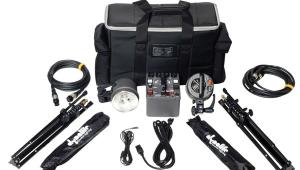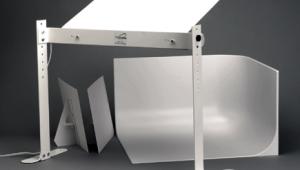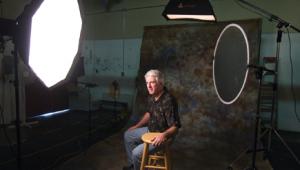Lesson Of The Month
Modifying Light For Portraits At Sunset
Creating portraits outdoors
can present a number of challenges, particularly on clear, sunny days.
Because direct sunlight is one of the most "high contrast"
light sources there is, it is often too harsh for natural-looking portraits.
Add to the fact that cameras cannot compensate for contrast as well
as the human eye, and this issue becomes even more pronounced. Topics Covered For this lesson, we went
on location just before sunset to a nearby park to photograph our model
in a natural setting. As we considered a backdrop, we saw a dark cluster
of trees would help create a sense of depth and allow the model to "come
forward" in the frame. After we framed up the shot, we set the
White Balance to 5500 (sun icon), set the shooting mode to Program (automatic)
and took our first shot (#1). |
|||
The result had both favorable
and unfavorable results. Because the color temperature at sunset was
much warmer than it would be at noontime, our White Balance setting
rendered a nice warm tone to the overall image. (For a more in-depth
look at how White Balance works, check out the Lesson Of The Month in
the August, 2002 issue of Shutterbug.) |
|||
The result was much improved.
The shadows across her face have softened greatly and there is now separation
between her hair and the background. This one light modifier alone has
created a professional-looking result. |
|||
Remember, it's good to
experiment with variations to these setups. Each situation will dictate
a different approach. But having the ability to modify sunlight allows
you a much greater flexibility for outside portraits. |
|||
Technical Equipment
|
- Log in or register to post comments





















































